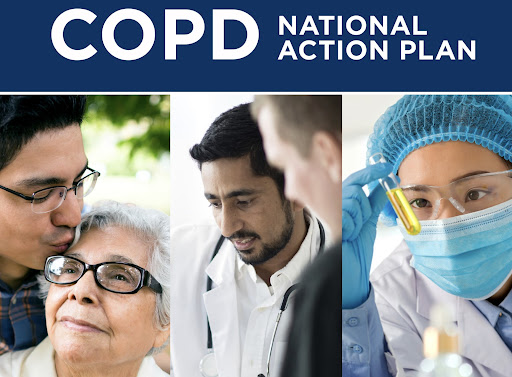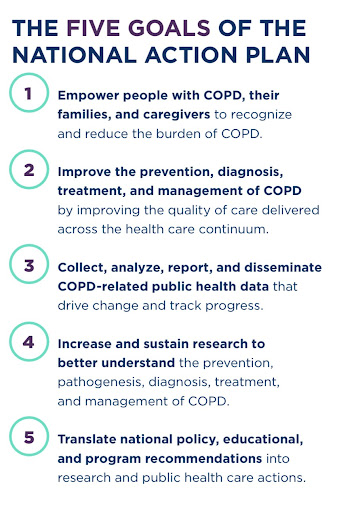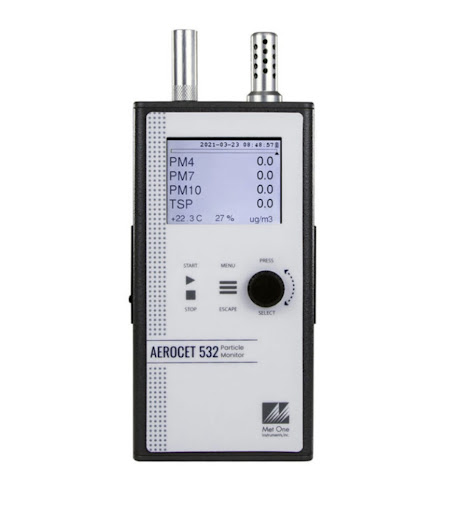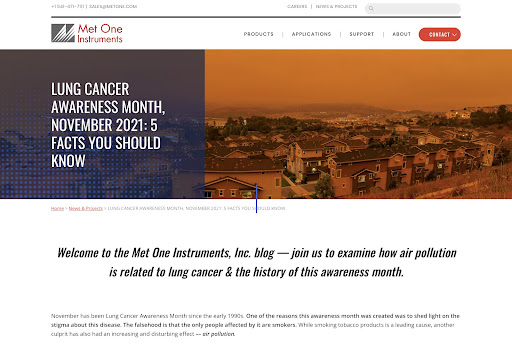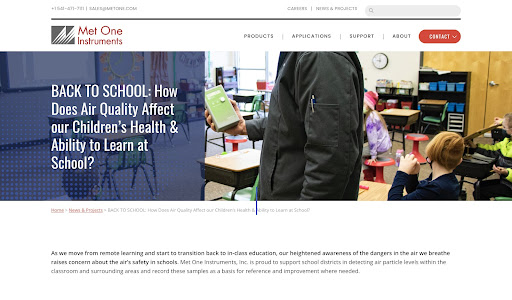Welcome to the Met One Instruments, Inc. blog! What do you know about COPD? Join us to discuss this preventable disease affecting 1 in 8 Americans aged 45 or older.
November is Chronic Obstructive Pulmonary Disease (COPD) Awareness Month for a good reason. You have probably heard about COPD in passing, but did you know that this condition is a leading cause of death worldwide? COPD has affected more than 251 million people globally (16 million in America alone) and has caused more than 3.2 million deaths since 2019 –– 80% of these deaths occur in countries struggling with poverty.
The National Heart, Lung, and Blood Institute has taken upon itself to lead the charge of this awareness month by creating an actionable plan to combat this debilitating lung condition. Living a normal life can be a struggle for millions of sufferers worldwide, many of whom may not even suspect they have COPD. Chronic Obstructive Pulmonary Disease is not just inconvenient and debilitating; COPD kills, despite being almost entirely preventable in most cases.

“COPD is a leading cause of death in the United States, following heart disease, cancer, and unintentional injuries. Since 1969, the death rate for COPD has doubled, even as the number of deaths for other chronic conditions has declined. COPD is also the fourth main cause of disability in the United States, and it imposes an enormous burden on the nation’s health care system.”
COPD National Action Plan
For decades, Met One Instruments, Inc. has been dedicated to developing precision air quality monitors that help governments, scientists, and communities across the globe prevent lung conditions like COPD –– as they are related to air pollution. First, what is COPD exactly? After that, what are the five actionable goals the National Heart, Lung, and Blood Institute has carefully drafted to combat this disease? Let’s get started.
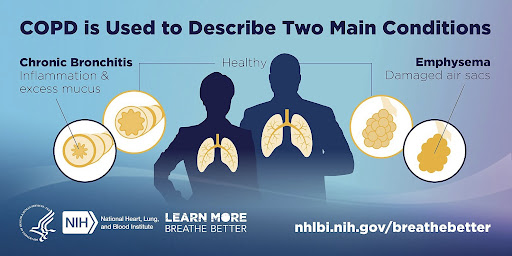
WHAT IS COPD?
Chronic obstructive pulmonary disease (COPD) is a preventable lung disease that limits airflow and breathing ability. Over time, everyday cardio activities become difficult such as walking, running, or climbing stairs. There are two conditions of COPD –– emphysema and chronic bronchitis. The leading cause of COPD is tobacco use (smoking). However, other risk factors include indoor/outdoor air pollution and exposure to irritant substances.
COPD affects the lungs because less air can flow in and out. In healthy lungs, the air is transferred through bronchial tubes to air sacs. The air sacs stretch and bounce back to their original shape. This elasticity of the air sacs helps move air in and out of your lungs quickly.
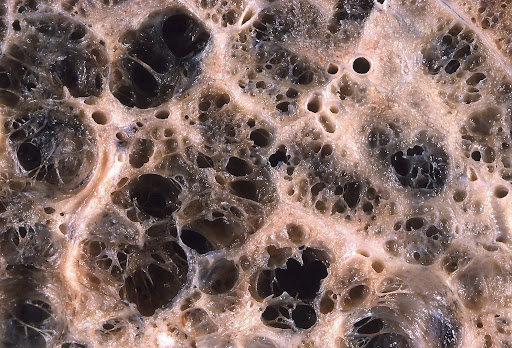
“In people with COPD, less air flows in and out of the airways because of one or more of the following: The airways and air sacs lose their elastic quality. The walls between many of the air sacs are destroyed. The airway walls become thick, and airways are narrowed by inflammation. The airways make more mucus than usual, which can also clog them.”
COPD National Action Plan
While 80% of deaths related to COPD are smokers, and this disease most often affects people with a history of smoking, genetics can play a role. Also, 20% of people diagnosed have a history of asthma — 25% have had no history of smoking at all. Signs, symptoms, medical history, and test results administered by your health care team can provide a diagnosis of COPD.
Some people may initially have only mild symptoms or no symptoms at all. The problem with this is that you are likely to discount changes in your health. One may attribute, for instance, difficulty breathing after walking up a long flight of steps as just a symptom of getting older instead of COPD. Common symptoms include constant coughing, shortness of breath (doing normal activities), inability to breathe easily (or take a deep breath), excess mucus production, and wheezing.
If left untreated, people suffering from COPD gradually lose stamina and the ability to perform daily activities as simple as getting dressed or grocery shopping. However, with proper diagnosis, COPD can be treated. While there is no cure, with early diagnosis and subsequent treatment, COPD symptoms can be alleviated.
“MAKING IT HAPPEN –– Concerned about the growing incidence of COPD, Members of the Congressional COPD Caucus urged the National Institutes of Health (NIH) and Centers for Disease Control and Prevention (CDC) to craft a comprehensive federal plan to tackle the disease.”
COPD National Action Plan
The number one goal of the COPD National Action Plan (a 68-page PDF document available for download on their website) is to help people suffering from this disease and their families or caregivers recognize the warning signs. Through education, symptom awareness, early detection, and diagnosis, we can empower the public. Let’s dive into the highlights regarding the five actionable steps.
GOAL 1
“Empower people with COPD, their families, and caregivers to recognize and reduce the burden of COPD.”
COPD National Action Plan
Awareness about this chronic progressive disease is often missed until after a person has been affected by it. Many people lose significant lung function before seeing a health care provider because most people are unfamiliar with the early warning signs.
Often hospitalization, impairment to perform simple activities, or a severe respiratory infection occurs before a patient is diagnosed. It should be mentioned that many diagnosed with COPD also face daunting emotional challenges. The inability to breathe and perform routine activities produces feelings of anxiety, isolation, or depression. Acknowledging and tackling the emotional toll is just as important as treating the condition of COPD.
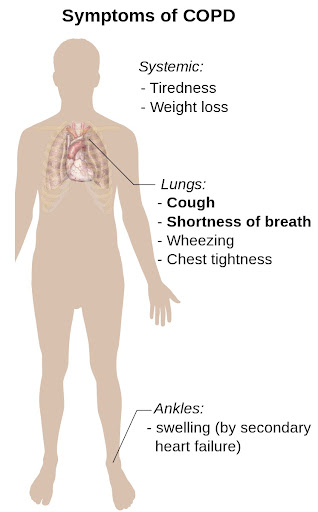
GOAL 2
“Improve the prevention, diagnosis, treatment, and management of COPD by improving the quality of care delivered across the healthcare continuum.”
COPD National Action Plan
To achieve the second goal of the COPD National Action Plan, health care professionals need to collaborate to standardize existing training/practices and create a brand new global standard of care guidelines for this disease. New technology and tools should also be developed to address existing gaps in diagnosis or care.

GOAL 3
“Collect, analyze, report, and disseminate COPD-related public health data that drive change and track progress.”
COPD National Action Plan
Accurate and reliable data is critical for healthcare professionals to make informed decisions. New healthcare policies should be driven by measuring the success of new risk-identification methods, early detection methods, and care-delivery efforts. We need to coordinate data collection, validation, analysis, and sharing the results at a global scale. This type of development will have far-reaching effects, inspiring new ideas or ways to assess COPD prevalence and predictive modeling.
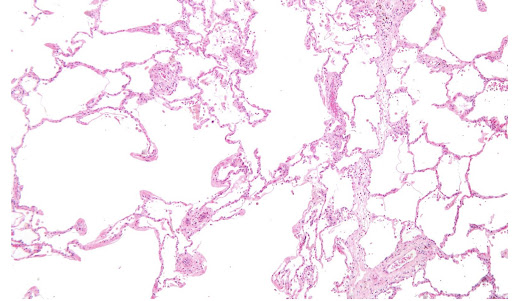
GOAL 4
“Increase and sustain research to better understand the prevention, pathogenesis, diagnosis, treatment, and management of COPD.”
COPD National Action Plan
The fourth goal is to improve understanding of the causes and progression of COPD, from the different forms of this disease to a better understanding of its progression, prevention, diagnosis, and treatment. Because early detection provides the best opportunity for managing this disease effectively, research aimed at identifying people at risk for COPD or in the early stages is critical.
While smoking is the known leading cause of COPD, it’s important to remember that there are lesser-known and also completely unknown causes of COPD that exist. Chronic obstructive pulmonary disease can develop, progress, and essentially manifest in different ways we do not entirely understand. Many factors influence how patients with COPD react to treatment that we need to understand better.
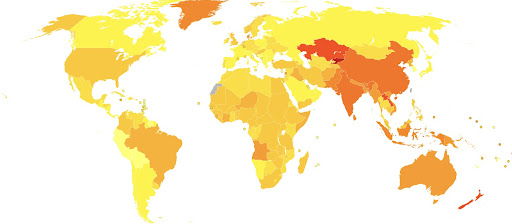
GOAL 5
“Translate national policy, educational, and program recommendations into research and public health care actions.”
COPD National Action Plan
The final and fifth goal of the COPD National Action Plan is to mobilize prevention strategies that have been proven effective in addressing the majority of deaths attributed to smoking. Continued education of the public about the dangers of smoking tobacco using an evidence-based approach is critical.
Thank you for joining Met One Instruments, Inc. for this deep dive into chronic obstructive pulmonary disease and its far-reaching effects!
Met One Instruments, Inc. manufactures an array of air monitoring products, such as the Aerocet 532 pictured above. This handheld device is a convenient air particulate monitor giving the user the ability to assess air quality in real-time. It is effective in various settings, such as a classroom or office environment. Monitoring the air we breathe for pollutants is one of the first lines of defense to protect ourselves from long-term exposure and potential health problems from respiratory diseases, such as COPD.

